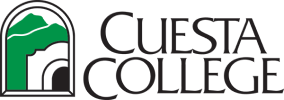
Program Summary
ART HISTORY AND PROFESSIONAL PRACTICES - Associate in Arts
The A.A. Degree in Art History and Professional Practices prepares students to transfer to colleges and universities, enter an arts management career, or Fine Arts students may pursue this degree concurrently with an art studio degree to enhance their understanding of their creative process in a broad historical context and to prepare for gallery representation and exhibition of their work.
Art History is the study of visual art from prehistory to the present. It places emphasis on the visual language, historical context, cultural values, techniques, materials, and technological changes in the history of art and architecture. The Art History and Professional Practices program provides students with a core curriculum that will prepare them with the knowledge and skills required to succeed in the study of Art History and the curatorial, business, and installation aspects of exhibiting art. Students will develop skills for critical and analytical thinking, perceptive reading and observation, and interpretive analysis.